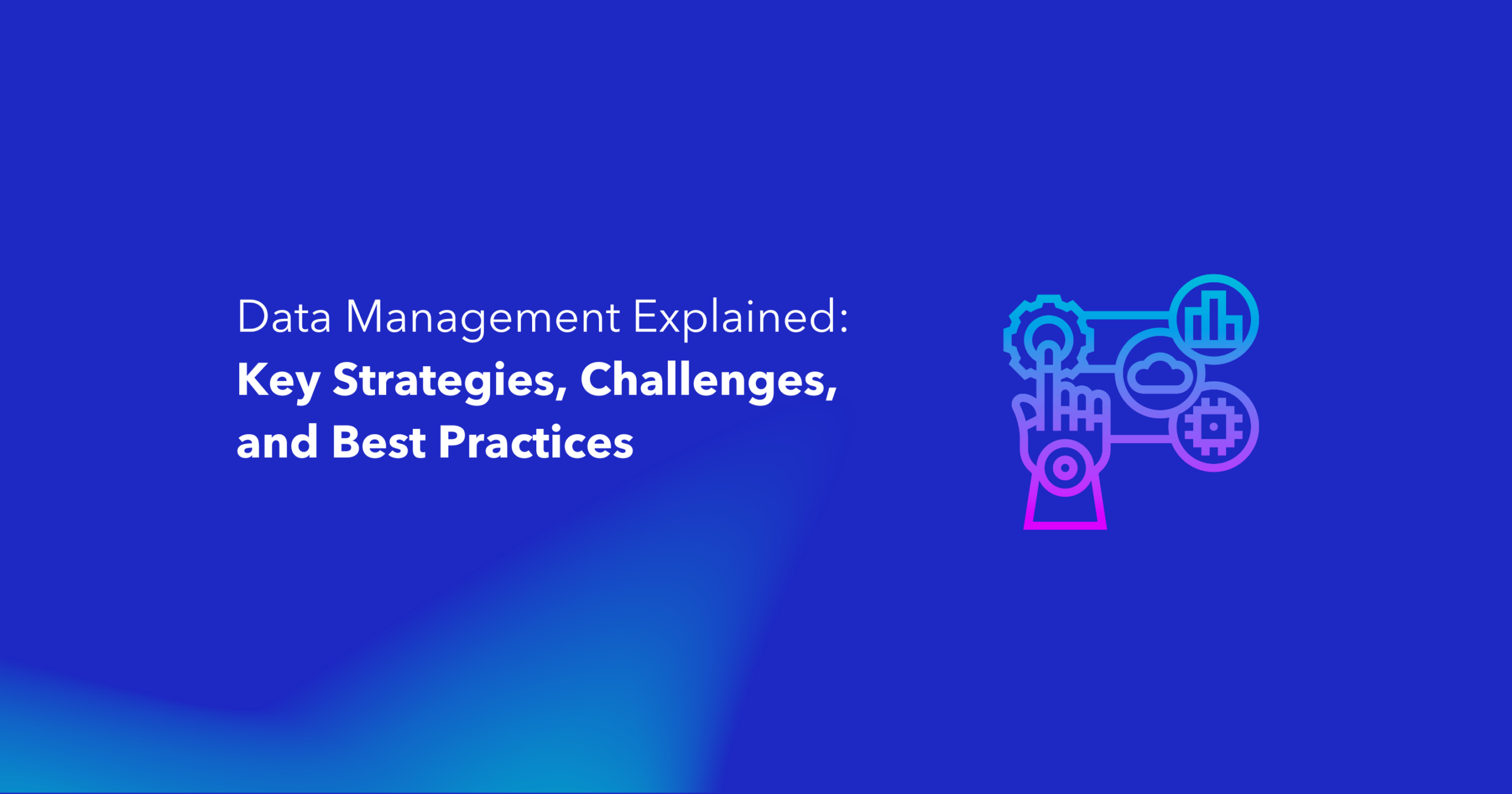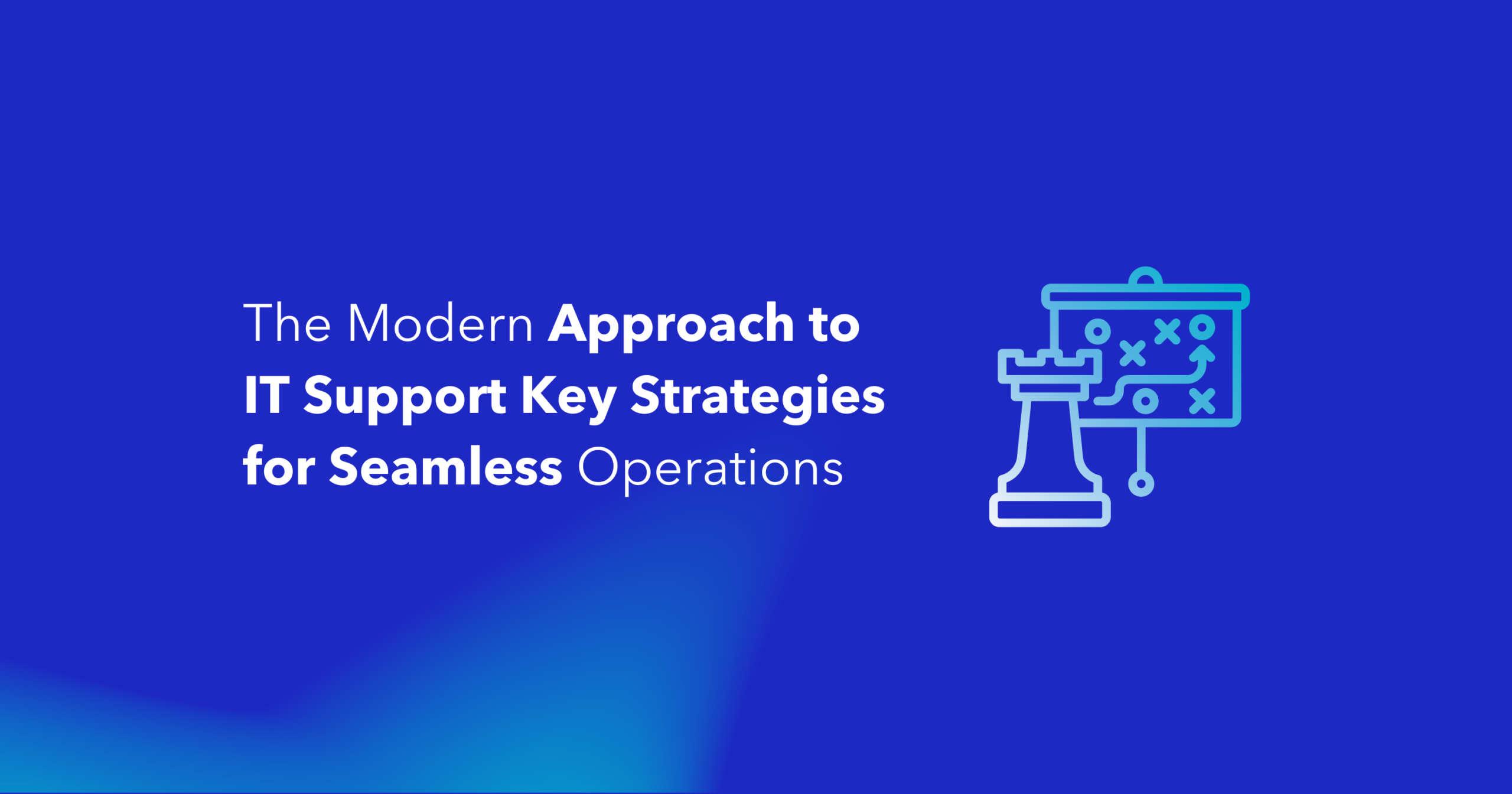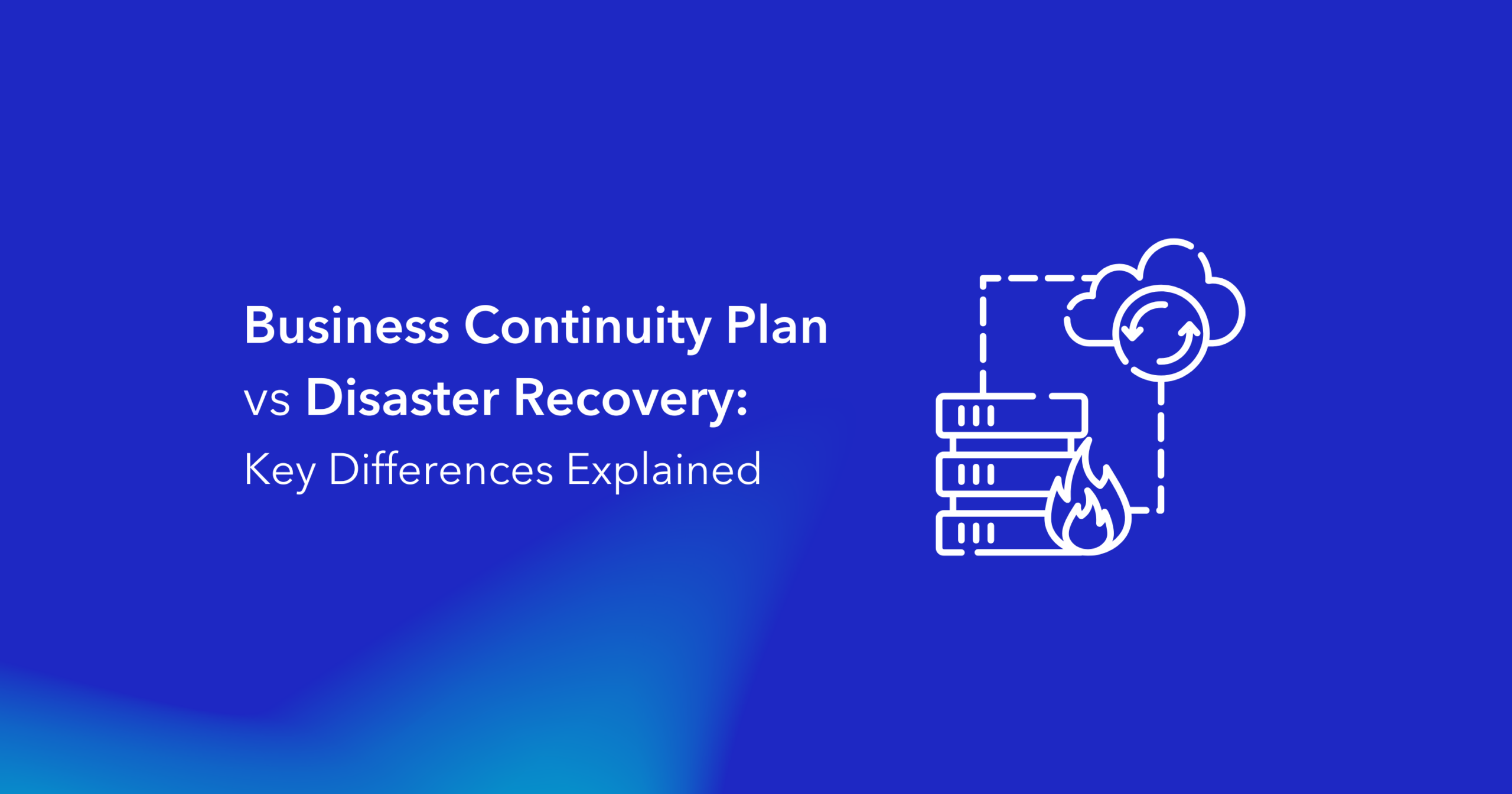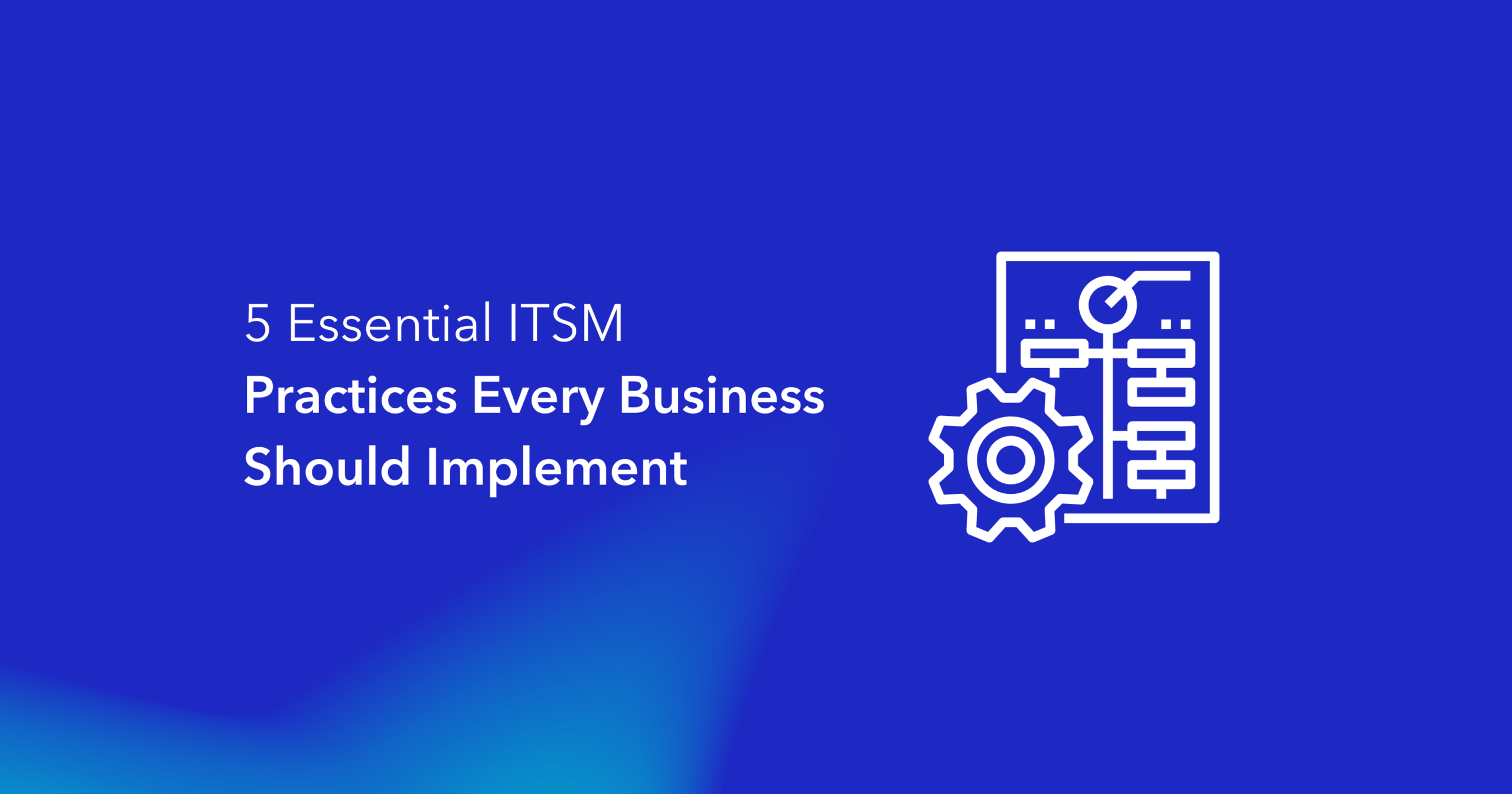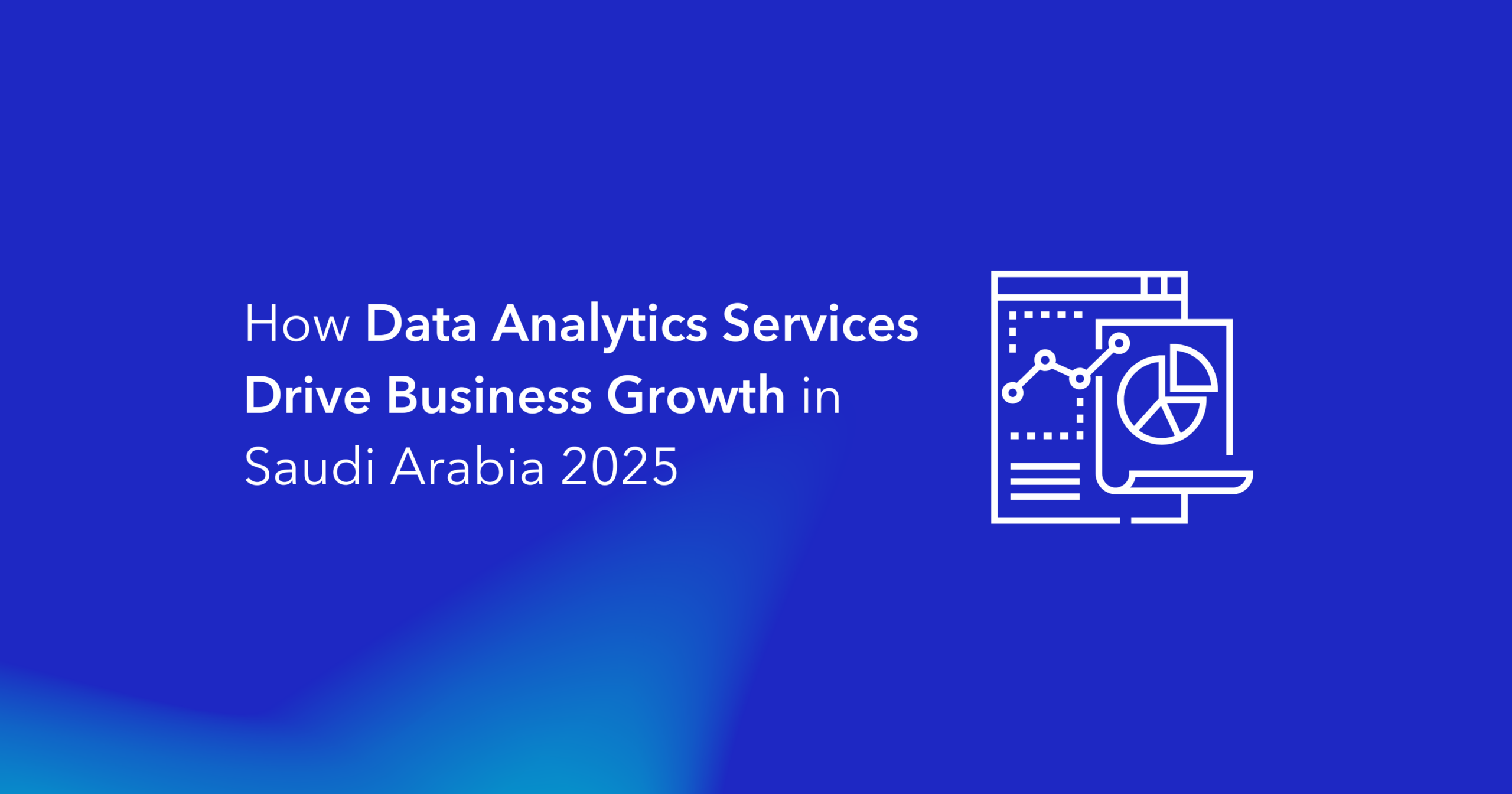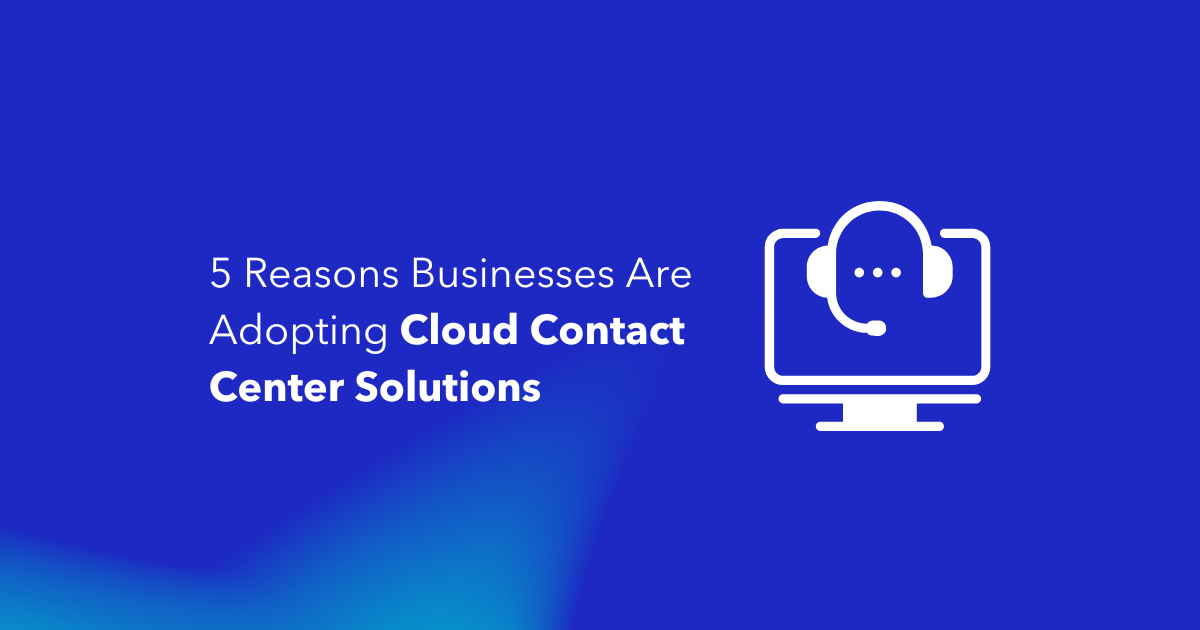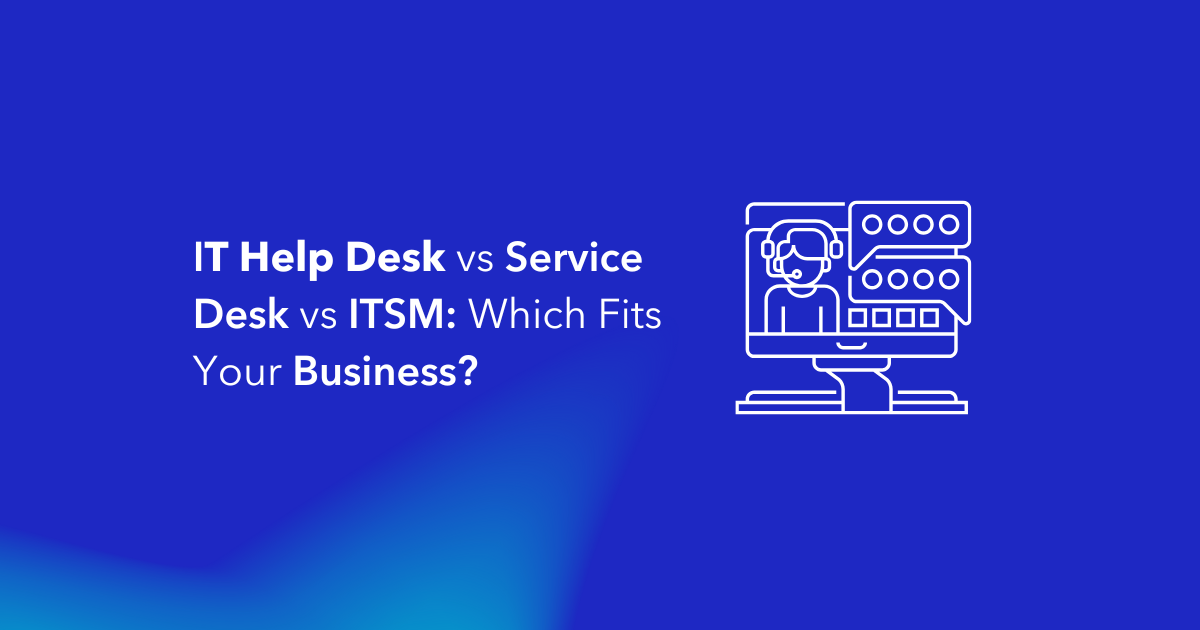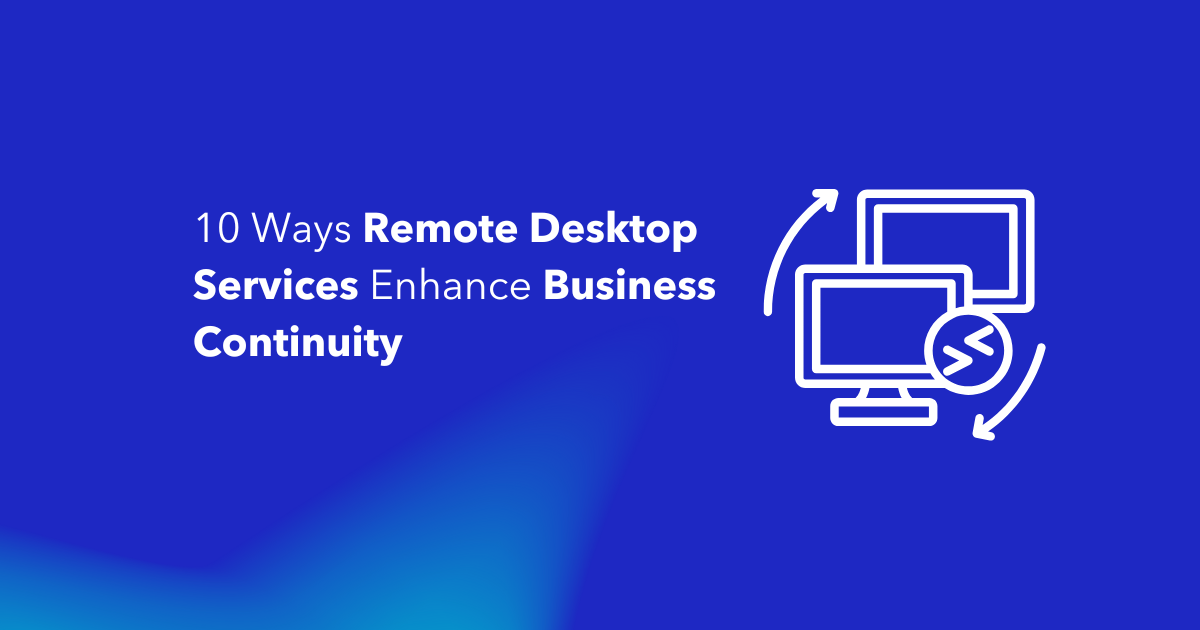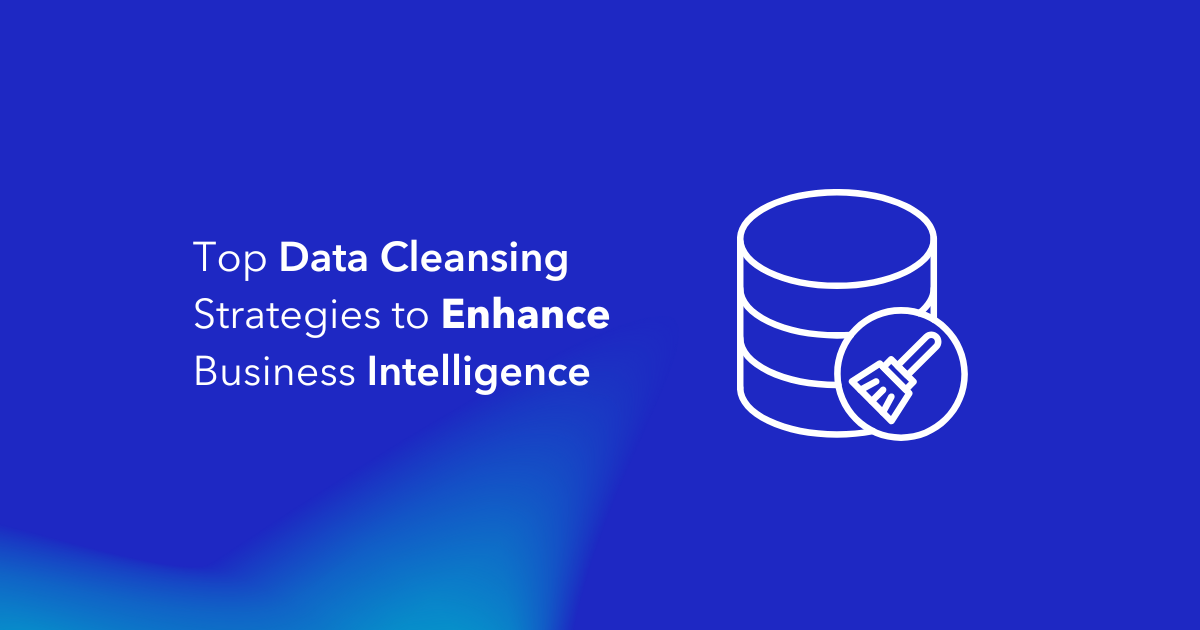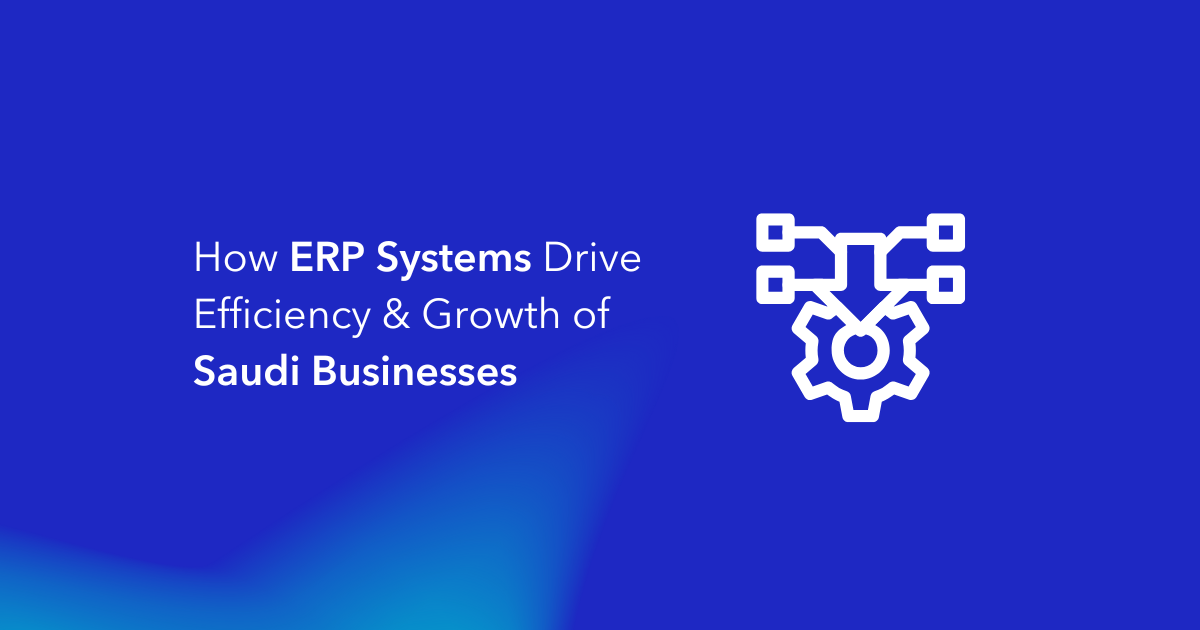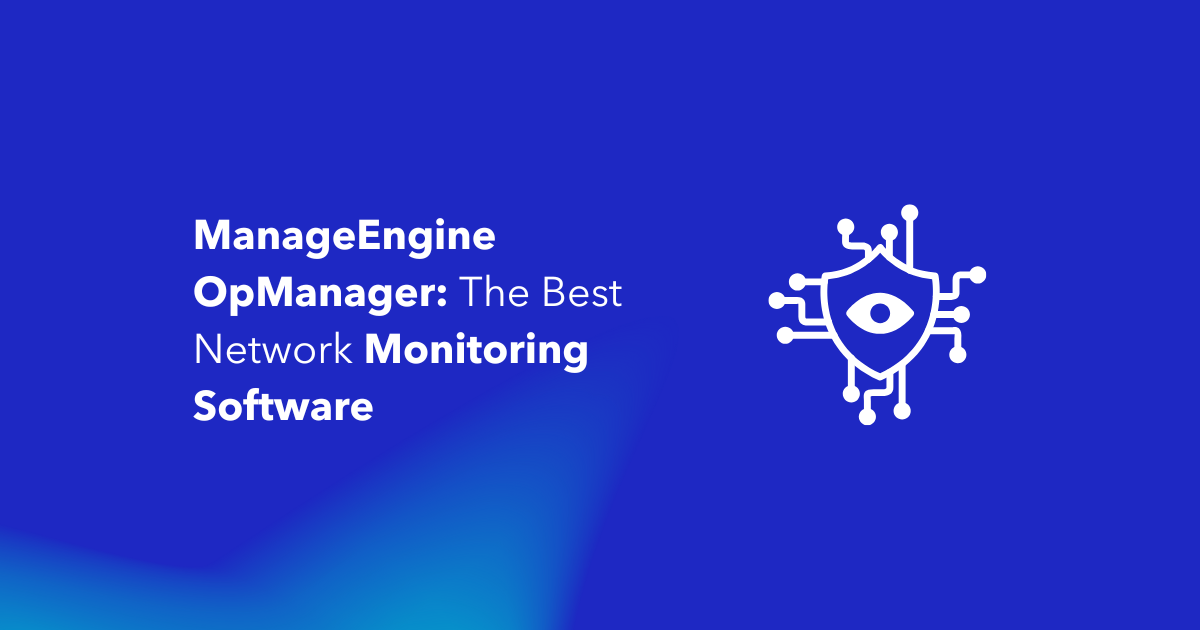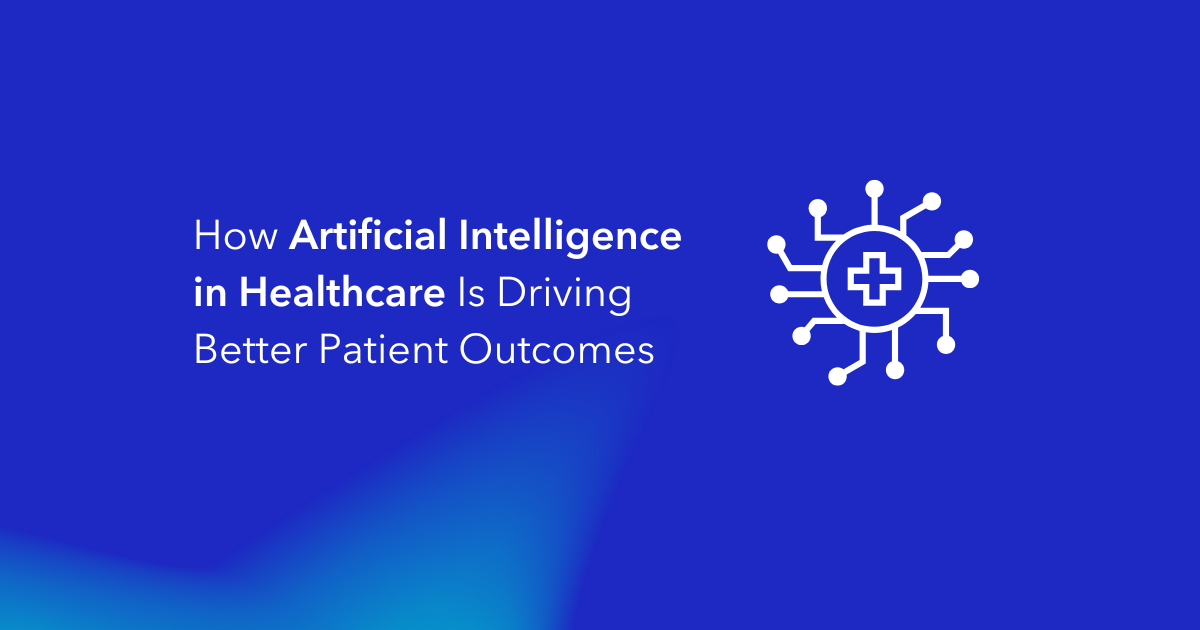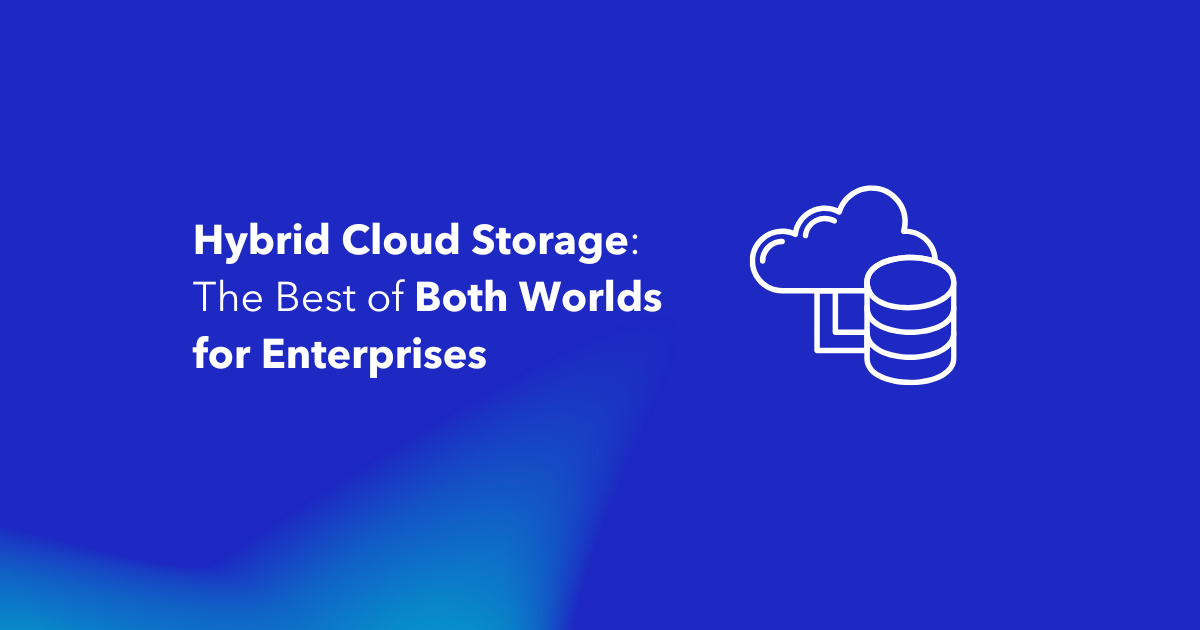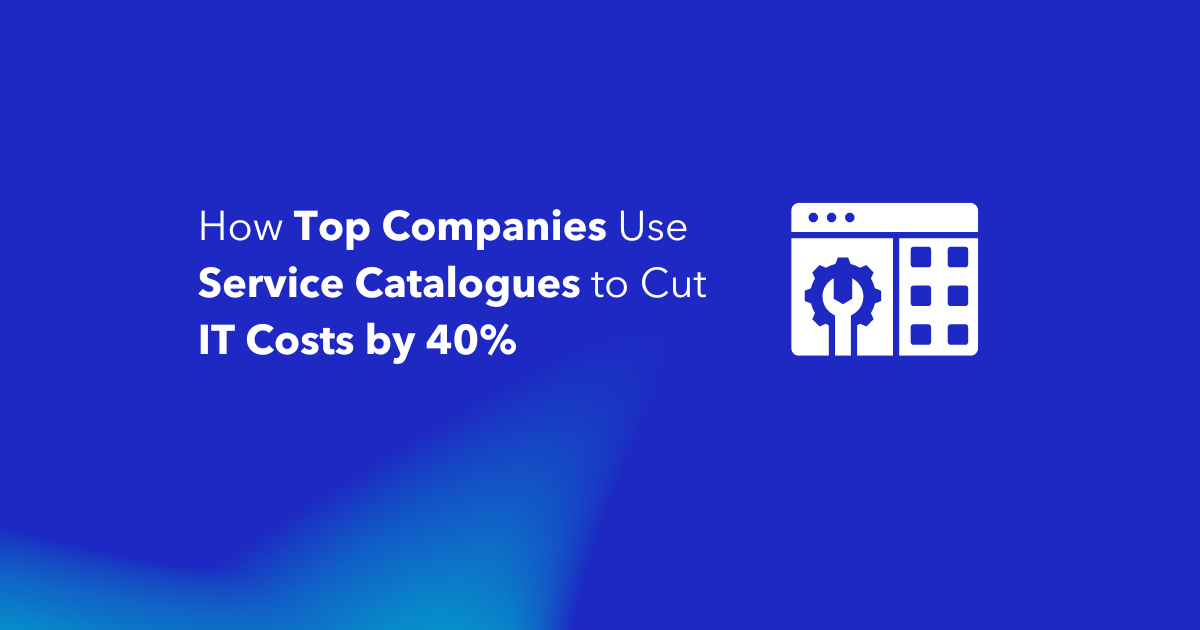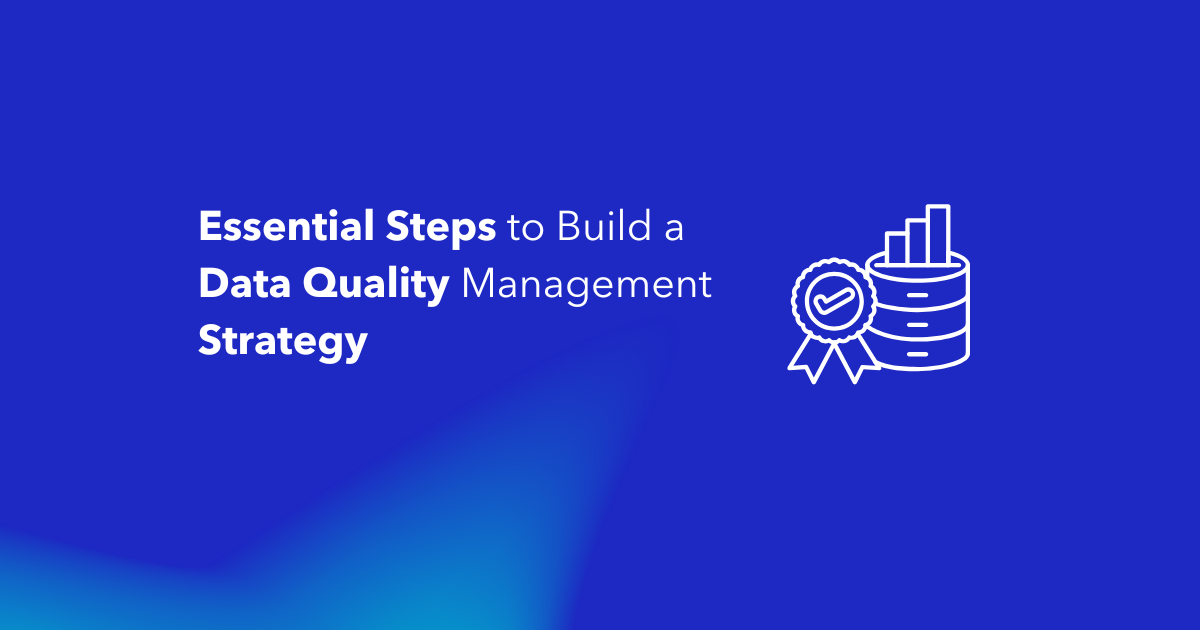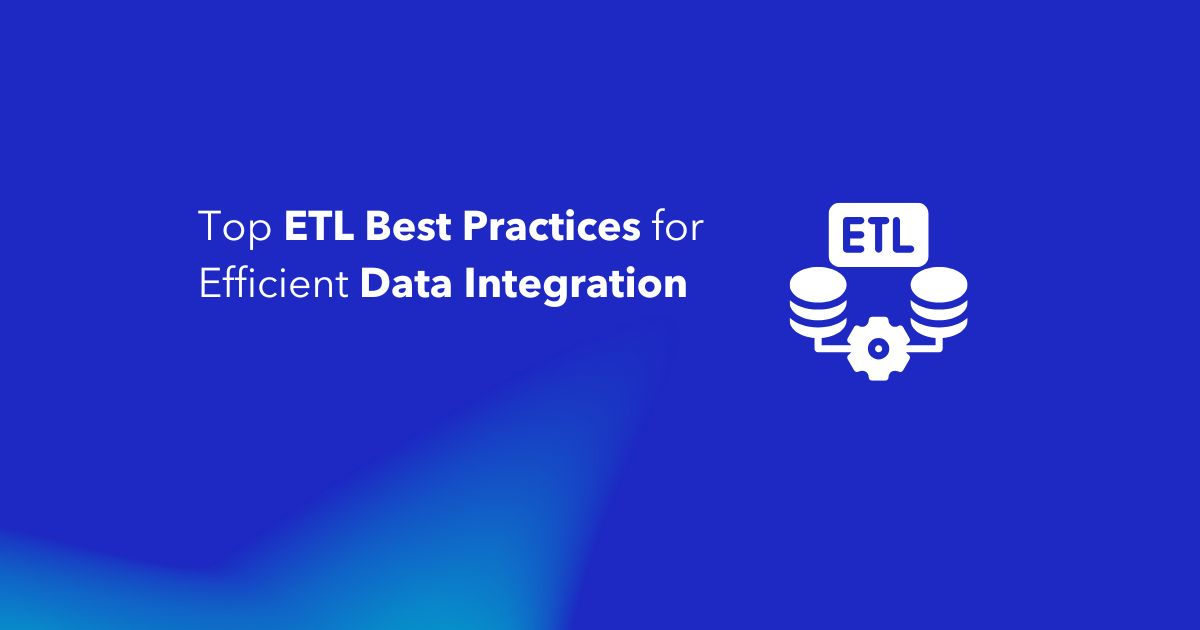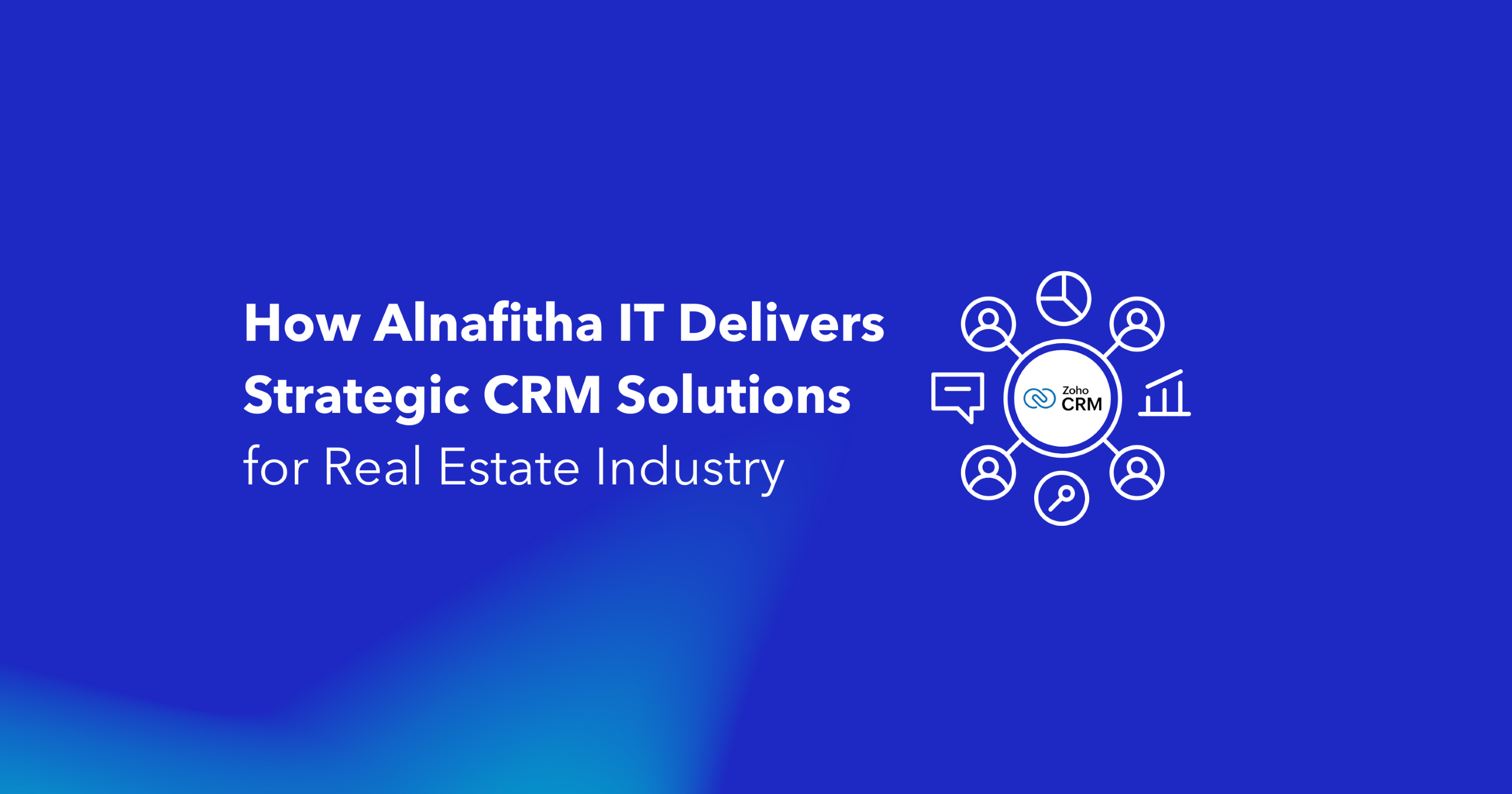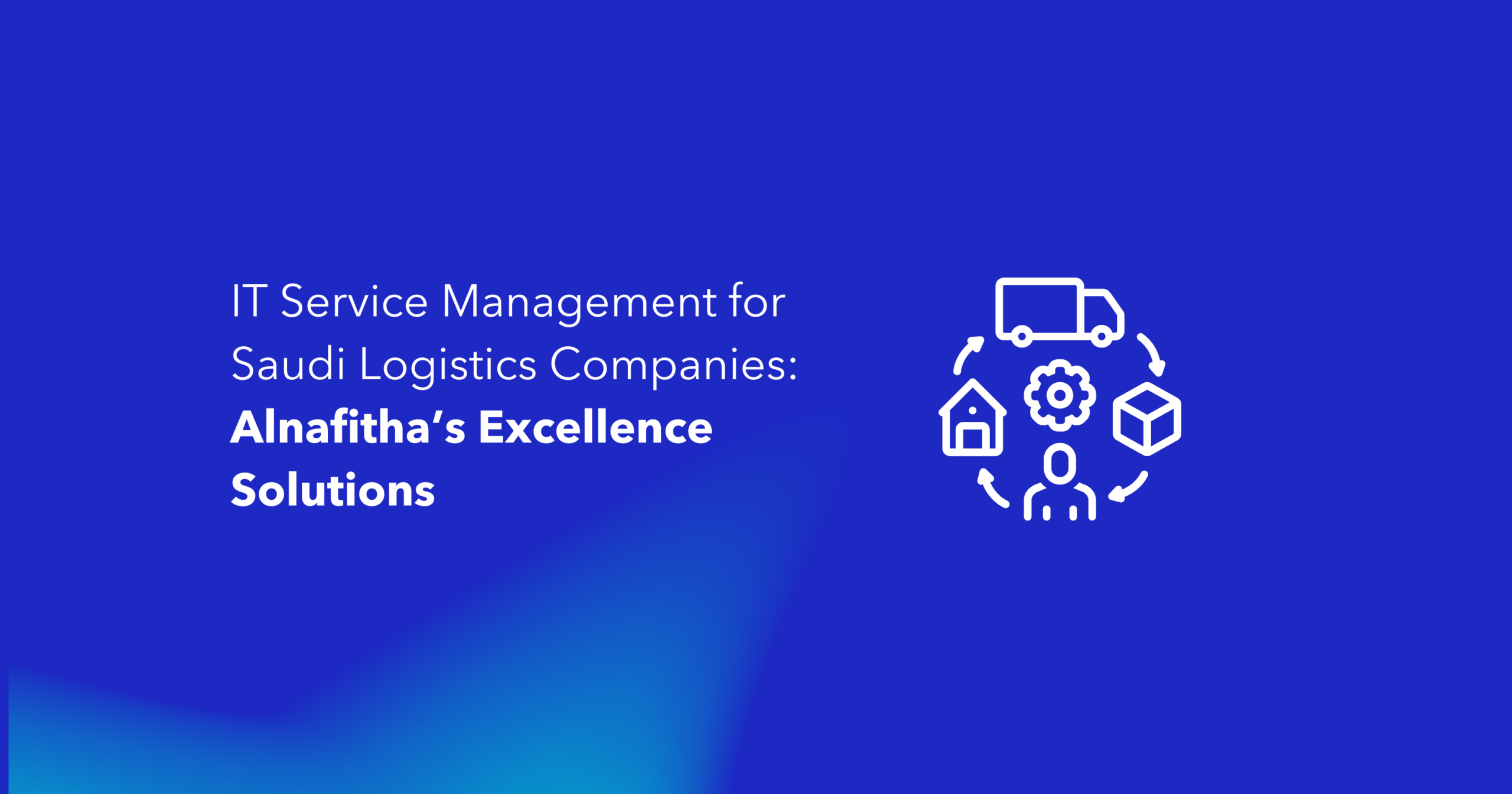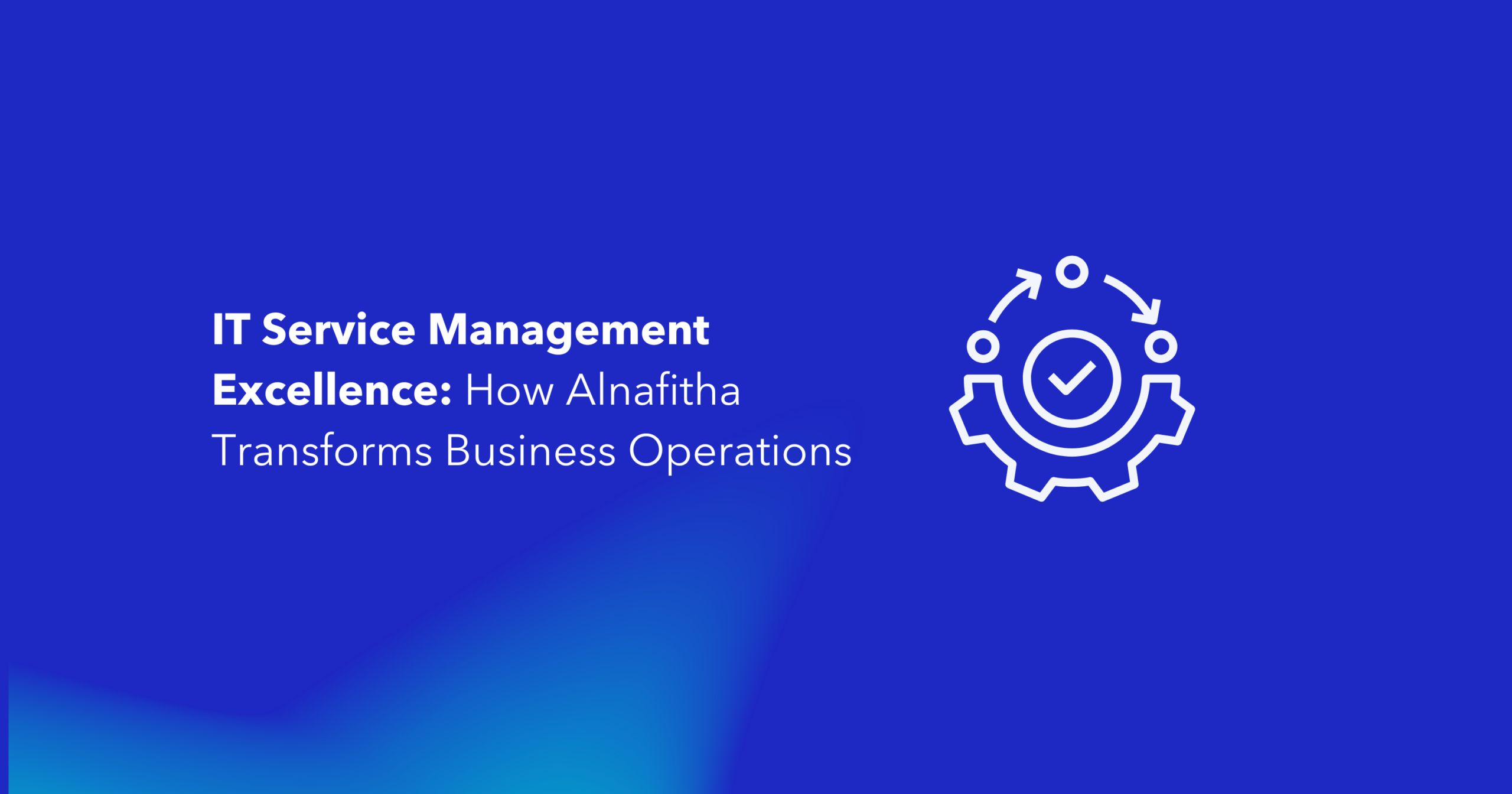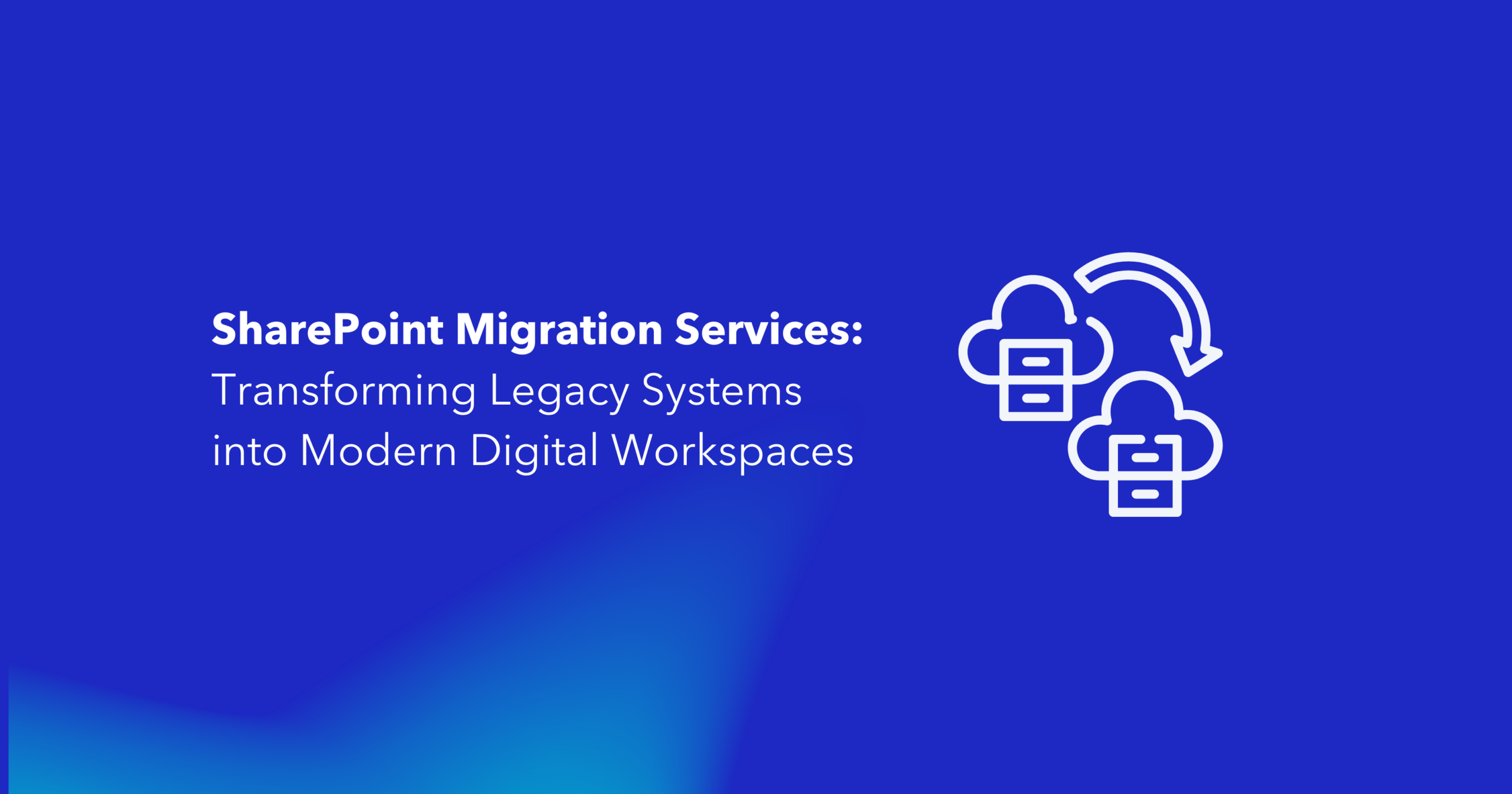Most business decision-makers (60%) face “decision paralysis” because of data-related issues. Data problems cost companies more than $5 million every year. These challenges show why a data warehouse is a vital tool for modern businesses.
A data warehouse acts as a central repository that turns scattered information into useful insights. Many organizations weigh the benefits of a data warehouse vs data lake architecture. The advantages of an enterprise data warehouse speak for themselves. Companies that use solutions like Oracle Autonomous Data Warehouse see a remarkable 417% ROI within five years.
This piece shows how a data warehouse can change your business operations. You’ll see improvements in data quality and decision-making capabilities while saving significant costs.
Enhanced Decision-Making with Data Warehousing
A McKinsey study shows that companies without a clear data strategy spend 30% more than planned and don’t deal very well with data quality issues. Data warehousing solves these problems and creates a solid base for advanced analytics and better decisions.
Real-time analytics lets your business analyze information right as it comes in. Your team can quickly respond to market changes and adapt strategies based on fresh data. Data warehouses come with powerful query features that link different data sets and give you the information you need for daily operations and long-term planning.
Your organization can benefit from these data warehouse capabilities:
- Quick access to unified dashboards with Key Performance Indicators.
- Advanced query capabilities for complex data analysis.
- Automated data management processes that cut down manual work.
- Real-time analytics to spot market trends quickly.
- Integration of historical and current data to analyze trends.
Data warehouses improve decision-making through better data quality. They clean data, remove duplicates, and standardize formats. Teams work from one source of truth, which cuts down on mistakes and helps departments communicate better.
Data warehouse systems power sophisticated analytical techniques like machine learning and predictive modeling. You can spot hidden patterns in your data and predict future trends accurately. Financial institutions utilize these features to assess risks and detect fraud, which leads to more accurate strategic decisions.
Operational Efficiency through Data Warehousing
Organizations see major improvements in how they operate when they implement data warehouses. McKinsey reports that businesses using data analytics can cut their inventory levels by up to 20%.
Simplified Data Retrieval Processes
Data warehouses make queries faster through advanced indexing and partitioning techniques. Teams across departments can quickly access information without manual data integration. The latest data warehouse solutions analyze data while keeping security protocols reliable.
Data warehousing brings these operational improvements:
- Marketing teams run targeted campaigns using detailed data analysis.
- Sales teams use customer data to refine their strategies.
- Customer service teams pull up customer histories right away.
- Supply chain managers see the full picture to forecast accurately.
- HR teams use workforce data to hire better.
Faster Reporting and Analytics
Data warehouse automation cuts report generation time. Teams can build detailed dashboards that show operational metrics immediately. These dashboards work for both executive KPIs and operational team needs. The systems also support advanced statistical analysis and machine learning to predict demand and improve operations.
Automating regular tasks helps teams write and modify code, which makes data management easier. Data teams now have more time to analyze and build models. This approach lets organizations handle bigger data volumes while keeping performance high.
Data warehouses give reliable access to information through active monitoring and maintenance. This way of managing data changes how organizations run their processes, which leads to a 20-30% boost in productivity.
Scalability and Flexibility of Data Warehouse Systems
The global data warehousing market will grow over 250% in the next five years. This growth shows how much we need expandable data solutions. Data warehouses have evolved beyond simple single-stack systems. They now handle modern business needs and complex data challenges better.
Managing Growing Data Volumes Effectively
Today’s data warehouses can scale up or down based on your workload. You won’t need time-consuming hardware upgrades anymore. These systems offer unlimited scalability through cloud-based architectures. Your organization can handle more data without performance issues or high costs.
These features help you manage data volumes better:
- Pre-configured cloud environments for rapid deployment.
- On-demand storage and compute resource adjustment.
- Automated data movement and transformation.
- Advanced security measures with encryption.
- Integration capabilities with multiple data sources.
Adapting to Evolving Business Requirements
We used modular architecture to break down components into smaller, manageable units. You can scale specific areas without affecting the whole system. This design cuts operational costs because data lakes and data lakehouse storage cost nowhere near traditional enterprise data warehouses.
You can choose between hybrid and multi-cloud solutions based on what works best for you. Legacy systems mostly processed data. Modern warehouses store huge amounts of data from many sources in different formats. Your business can add new data sources and adapt to changes without major system updates.
Modern data warehouse solutions excel at keeping data management costs low while delivering quality performance. These systems help you deploy faster and adapt to business needs smoothly. They use automated data pipeline processes and advanced ETL tools to make this happen.
Cost Efficiency Achieved via Data Warehousing
Research shows data warehouses cut operational costs by 25-30% in the first year. Companies save money through automated data management and better storage usage.
Minimizing Data Redundancy
Data warehouses remove duplicate records using advanced deduplication algorithms. This cuts storage needs and database maintenance costs substantially. Organizations store each unique data element once with single-instance storage, whatever the number of times it appears in different contexts.
Better data management leads to these cost savings:
- Storage optimization through compression.
- Lower backup and recovery costs.
- Reduced database licensing fees.
- Less network bandwidth use.
- Better query speed with optimized data.
Optimizing Resource Allocation
Data warehouses help distribute resources precisely through smart workload management. The system analyzes usage patterns and adjusts computational resources. Resources get allocated based on query priorities and what users need.
Modern warehouse architectures can scale resources dynamically, which removes the need to invest heavily in hardware. Companies save on infrastructure by scaling resources based on actual usage.
Advanced monitoring tools track how different departments use resources and help plan budgets better. These tools find unused resources and areas where changes could save money. Data warehouses keep running costs low while maintaining peak performance through automated resource management.
Companies typically cut infrastructure costs by 40% with proper resource strategies. This saves money beyond just hardware and includes lower energy use and maintenance needs. The system balances workloads automatically across resources to ensure maximum efficiency.
Regulatory Compliance Facilitated by Data Warehouses
Data protection regulations define how organizations manage their information assets. Data warehouses have become vital tools that help maintain compliance with standards like GDPR, HIPAA, and CCPA.
Deepening Data Governance Practices
A strong data warehouse governance framework consists of well-laid-out guidelines that make shared data management possible. Organizations build detailed control systems to protect sensitive information and maintain data integrity during implementation. These frameworks add policies for data quality, privacy, and lifecycle management that deepen overall governance practices.
Key components of a data warehouse governance framework that works include:
- Data standards and formatting specifications.
- User authentication and authorization protocols.
- Automated data validation processes.
- Regular compliance monitoring mechanisms.
- Detailed audit trail maintenance.
Simplifying Audit and Compliance Procedures
Data warehouses make audit processes easier through automated compliance monitoring and reporting capabilities. The system keeps detailed audit trails and tracks data access, modifications, and usage patterns. Data warehouses make it easier to respond to regulatory audits and compliance verification requests by centralizing information management.
Modern data warehouse solutions come with advanced security features like encryption and access controls. These security measures protect data both at rest and during transmission to meet strict regulatory requirements. Data warehouses protect sensitive information while keeping it useful for analysis through automated data masking and anonymization techniques.
Reproducible audit mechanisms allow consistent verification processes. Multiple auditors can conduct similar analyzes and get consistent results, which makes compliance procedures more reliable. Data warehouses also help create standardized reports that show compliance with specific regulatory requirements.
Data warehouses help organizations avoid potential penalties and stay compliant by setting clear data governance policies. The system enforces data retention policies, manages access permissions, and documents all data-related activities automatically. This systematic approach ensures continuous compliance while reducing manual work needed for audit preparation and response.
Gaining Competitive Advantage through Data Warehousing
Quick access to accurate data determines success in competitive markets. Organizations can process data live with a data warehouse and gain a major edge in market responsiveness.
Deriving Timely Market Insights
Quick access to unified dashboards with performance indicators helps teams make faster decisions. Your teams can discover new trends and patterns through advanced analytics capabilities that might stay hidden when looking at recent data alone. This approach predicts market trends and serves as one of the strongest competitive edges in today’s ever-changing business world.
Market analysis brings these key advantages:
- Live processing of stream data shows business activities clearly.
- Quick analysis of service usage, website interactions, and device locations.
- Automated data collection and analysis processes.
- Historical data integration predicts trends.
- Boosted response time to market changes.
Deepening Customer Understanding
Data warehouses create a complete view of customers by uniting data from all touchpoints. Marketing teams can run tailored campaigns based on customer’s priorities and behaviors. Customer usage patterns, complaints, and social media sentiment analysis helps businesses develop targeted service plans that led to a 15% reduction in customer churn.
Marketing teams execute faster, more effective initiatives with this unified view of customer data. Teams learn about performance metrics like ROI, lead attribution, and customer acquisition costs. Custom dashboards show team performance based on specific metrics with this deep understanding.
Your organization can review customer service, sales, and marketing effectiveness by analyzing customer lifetime value and acquisition sources. Better product decisions and service offerings come from this improved understanding. Legacy data merged with new applications reveals historical trends and leads to precise business strategies.
Conclusion
Data warehouses are crucial for business success today. They deliver measurable results in operations of all types. Your organization can gain much through better decision-making and simplified processes. Companies that use data warehouse solutions see 417% ROI within five years and boost their productivity by 20-30%.
These systems keep data quality high, cut operational costs, and ensure you meet regulatory requirements. Your teams can make quick, accurate decisions based on immediate insights through automated processes and advanced analytics. The flexible architecture grows with your data volumes and keeps costs in check.
Your business gains more than just operational improvements. Data warehouses create stronger customer relationships through deeper understanding. They cut infrastructure costs by up to 40% and help you stay compliant with data protection rules. These systems give you the edge you need to succeed in today’s analytical business world.


























